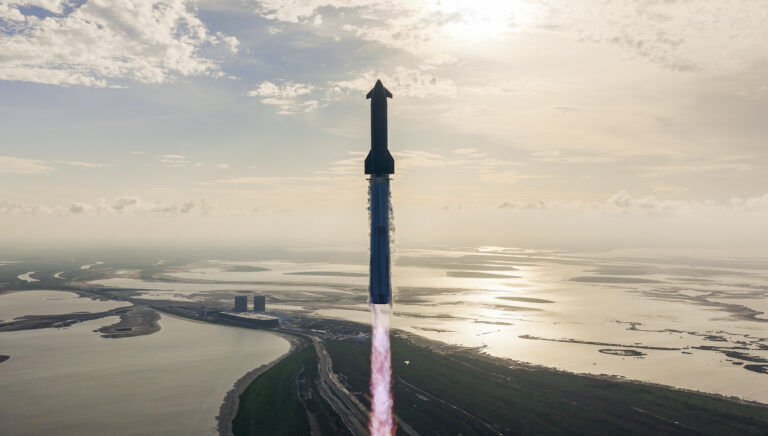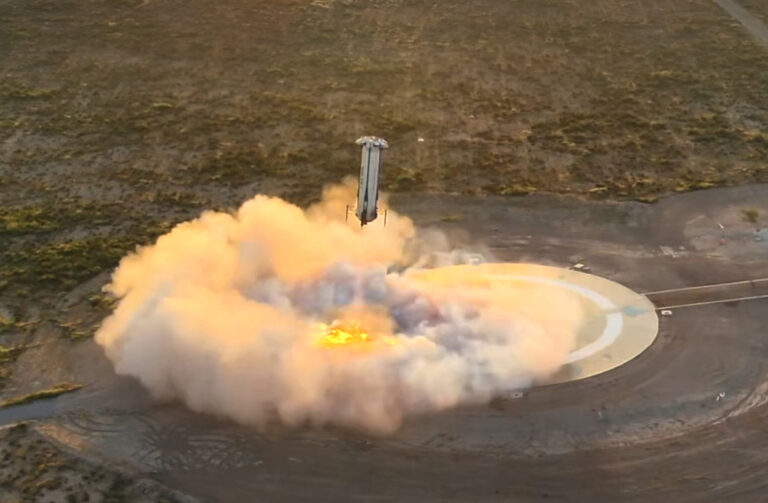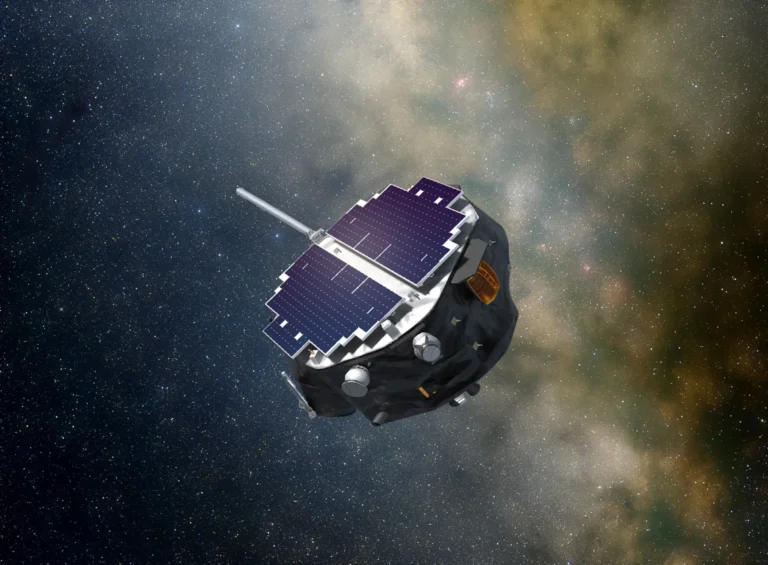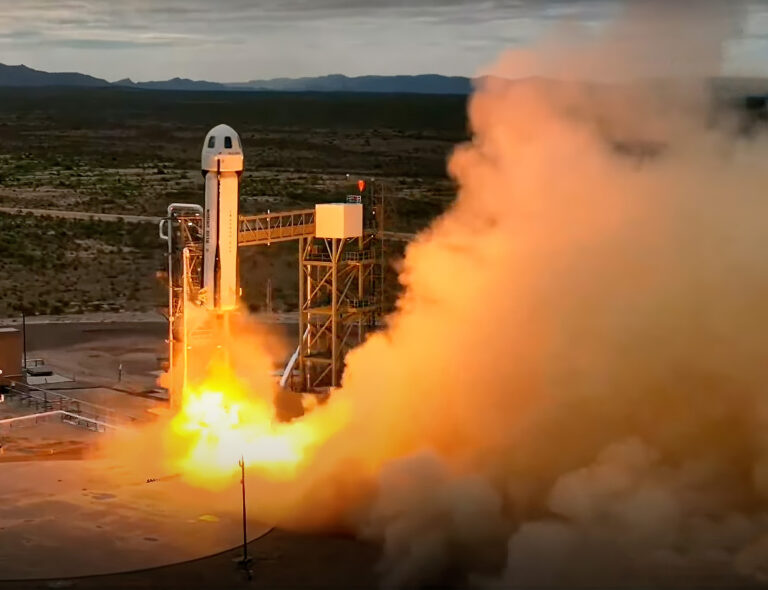
Key Takeaways:
- Gilmour Space's Eris rocket will attempt its first orbital launch.
- The Eris rocket uses a hybrid fuel system.
- A dummy payload will be sent into low Earth orbit.
- A successful launch would be a major step for Australia's space program.
Mission Highlight: Gilmour Eris Testflight 1
After weeks of delays, Australia is finally poised to join the orbital launch club. Gilmour Space Technologies is expected to debut its Eris rocket with a test launch from Queensland’s Bowen Orbital Spaceport no earlier than (NET) July 16. The three-stage rocket, powered by hybrid engines fueled by a mix of solid fuel and liquid oxidizer, will attempt to place a dummy payload of Vegemite into low Earth orbit. If successful, the flight would mark a major milestone for Australia’s growing commercial space sector.
Last week’s recap
On July 8, SpaceX sent another batch of Starlink satellites aloft aboard a Falcon 9 from Vandenberg Space Force Base. On Sunday, July 13, a second Falcon 9 launched Dror-1 — an Israeli communications satellite — into a geostationary transfer orbit from Cape Canaveral. Built by Israel Aerospace Industries, Dror-1 is designed to support the country’s communication needs and is expected to operate for at least 14 years in geostationary orbit.
Other missions this week
Tianzhou 9 will launch on July 14 at 5:40 p.m. EDT from Wenchang aboard a Long March 7, carrying fresh cargo and supplies to China’s Tiangong space station.
Starlink Group 15-2 is scheduled to launch July 14 at 10:13 p.m. from Vandenberg SFB aboard a Falcon 9 Block 5, continuing SpaceX’s relentless expansion of its broadband constellation.
Project Kuiper (KF-1) will loft Amazon’s first two prototype satellites for its rival megaconstellation on July 16 at 2:10 a.m. EDT from Cape Canaveral, also on a Falcon 9 Block 5.
Starlink Group 17-3 is expected to launch July 16 at 10:08 p.m. EDT from Cape Canaveral, adding to the constellation’s southeastern orbital shell. Starlink Group 17-2 will follow on July 20 at 10:09 p.m. EDT. Both will be launched by a Falcon 9 Block 5 from Vandenberg SFB.
Looking ahead
Russia’s Soyuz 2.1b will launch the next Ionosfera-M satellites, while Europe’s Vega C rocket returns to flight with the VV27 mission on July 25, 2025. Launching from French Guiana, Vega C will carry four Airbus CO3D satellites for high-resolution 3D mapping and the CNES MicroCarb satellite to monitor atmospheric carbon dioxide. This mission follows Vega C’s successful December 2024 return and marks a key step in restoring Europe’s Earth observation capabilities.









